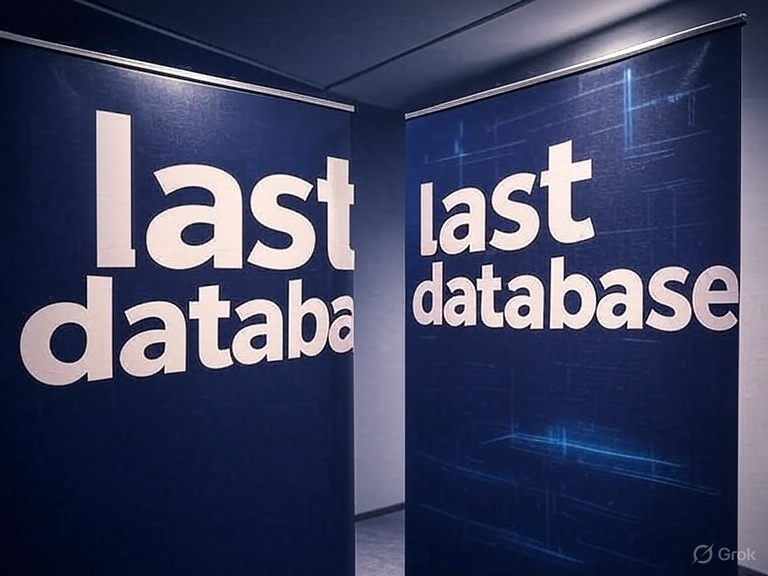In today’s data-driven world, the success of any application hinges significantly on the database powering it. From e-commerce giants to personal blogs, the underlying data storage mechanism dictates performance, scalability, reliability, and ultimately, user experience. But with an ever-growing landscape of database technologies, how last database do you choose the one that truly unlocks your data’s potential?
This isn’t a one-size-fits-all decision. The “best” database is the one that perfectly aligns with your application’s unique needs, considering everything from data structure to future growth. Let’s dive into the critical factors that will guide your selection.
Understanding Your Data: The Foundation of Choice

Before you even glance at database names, you need to deeply understand the nature of the data your application will handle.
Structured Data: If your data fits neatly into predefined tables with rows and columns, like financial transactions, customer information, or inventory records, you’re likely dealing with structured data. This often calls for a traditional relational database.
- Semi-structured Data: Data reaching businesses effectively with text messageswith some organizational properties but not strictly conforming to a rigid schema, such as JSON or XML documents, might lead you towards more flexible options.
- Unstructured Data: This includes diverse formats like images, videos, audio files, social media posts, or free-form text. Storing and querying this type of data efficiently requires databases designed for flexibility.
How Does Your Data Relate?
- Relational Complexity: Do your data points contact lists have clear, well-defined relationships that require complex joins and strong data integrity (ACID properties: Atomicity, Consistency, Isolation, Durability)? Think banking systems or ERP applications.
- Interconnectedness: Is the primary value of your data in its connections and relationships, like in social networks, recommendation engines, or fraud detection? Graph databases excel here.
Performance and Scalability: Preparing for Growth
Your application’s ability to perform under load and grow with demand is paramount.
Read-Heavy vs. Write-Heavy Workloads
- Read-Heavy: Applications like content delivery platforms (blogs, video streaming) or dashboards with analytics often have many more read operations than writes. Caching mechanisms and efficient indexing are crucial here.
- Write-Heavy: Event logging systems, IoT platforms, or real-time monitoring systems generate a high volume of writes. Databases designed for high write throughput and horizontal scaling are better suited.
Scalability – Vertical vs. Horizontal
- Vertical Scaling (Scale Up): This involves increasing the resources (CPU, RAM, storage) of a single server. It’s often easier to manage initially but has limitations and can become expensive. Many traditional relational databases primarily scale vertically.
- Horizontal Scaling (Scale Out): This means adding more servers or nodes to distribute the workload and data. It’s ideal for handling massive amounts of data and high traffic, as new nodes can be added seamlessly. NoSQL databases are typically designed for horizontal scalability.
